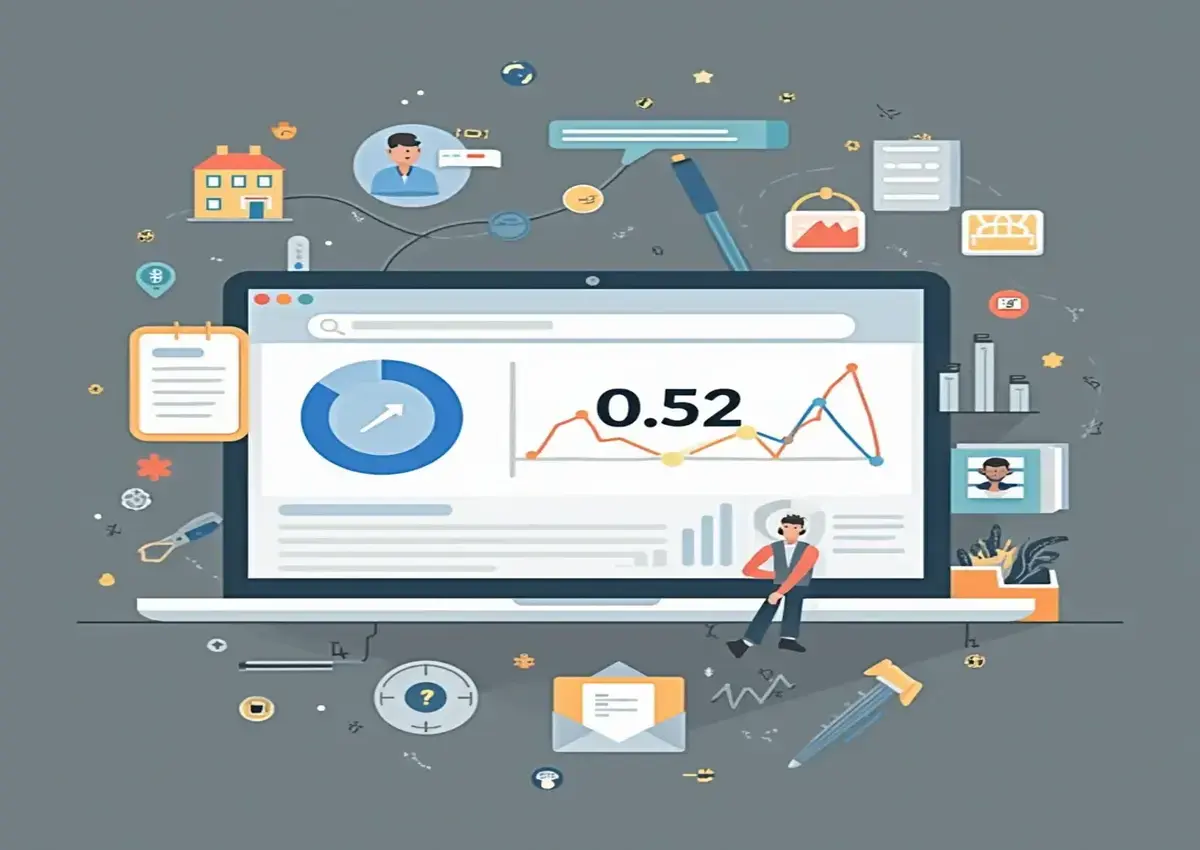Tracking Clicks
Last updated on: June 28, 2025
Tracking Clicks: Why It Matters and How to Get Started
Tracking clicks is a fundamental aspect of understanding user behavior on your website or marketing campaigns. By monitoring where, when, and how users click, you can gain valuable insights into engagement, optimize your strategies, and improve overall performance. This article will guide you through the benefits, tools, and best practices for tracking clicks effectively.
What is Click Tracking?
Click tracking is the process of recording and analyzing user interactions with clickable elements, such as buttons, links, or ads, on a website or application. It helps you understand user preferences, measure campaign success, and optimize the user experience.
To learn more, check out Google Analytics, one of the most popular tools for tracking clicks and user behavior.
Why Click Tracking is Important
- Measure Performance: Track the effectiveness of your marketing campaigns and website CTAs.
- Optimize User Experience: Identify which elements users interact with the most.
- Boost Conversion Rates: Understand drop-off points and improve navigation or content.
- Data-Driven Decisions: Use real-time insights to refine strategies and allocate resources effectively.
Learn how click tracking impacts heatmaps and user engagement.
Top Tools for Click Tracking
Here are some powerful tools to help you get started with click tracking:
- Hotjar: Provides heatmaps and session recordings to visualize user behavior.
- Crazy Egg: Offers click maps, scroll maps, and A/B testing features.
- Google Analytics: Tracks clicks and conversions, and offers detailed reports.
- Mixpanel: Advanced event tracking and analytics for in-depth insights.
Best Practices for Tracking Clicks
- Set Clear Goals: Determine what you want to measure—e.g., conversions, bounce rates, or engagement.
- Tag Clickable Elements: Use tracking codes or event listeners on key elements.
- Analyze Results: Review click data regularly to identify trends and opportunities.
- Integrate with Other Tools: Combine click tracking with tools like CRMs or email platforms for a holistic view.
- Ensure Privacy Compliance: Follow data protection regulations like GDPR or CCPA when tracking user interactions.
Common Challenges in Click Tracking
- Data Overload: Too much data can make it challenging to identify actionable insights.
- Inaccurate Tagging: Incorrect tracking code implementation can skew results.
- Cross-Device Tracking: Ensuring consistency across devices can be tricky.
For solutions, check out Google Tag Manager.
Conclusion
Tracking clicks is essential for understanding user behavior, optimizing campaigns, and improving your website's performance. With the right tools and practices, you can unlock valuable insights to make data-driven decisions and achieve your goals. Start tracking clicks today and take your digital strategy to the next level!
FAQs
- What is the best tool for click tracking?
- It depends on your needs, but popular tools include Google Analytics, Hotjar, and Crazy Egg.
- How does click tracking improve conversions?
- By analyzing user interactions, you can identify areas for improvement and optimize CTAs or content.
- Is click tracking legal?
- Yes, as long as you comply with data protection laws like GDPR and inform users about tracking.


